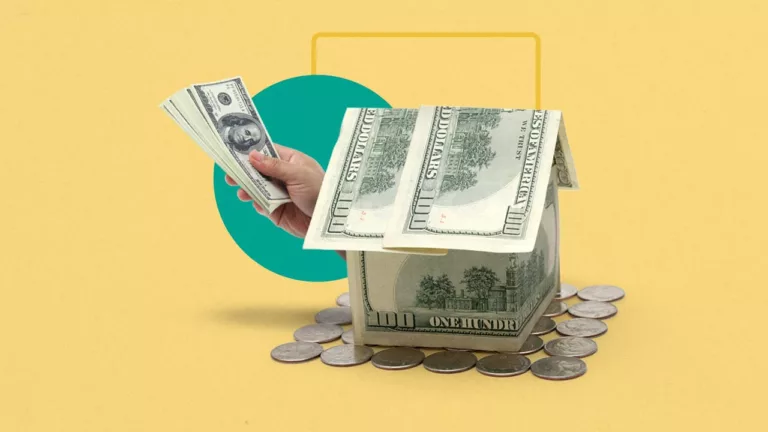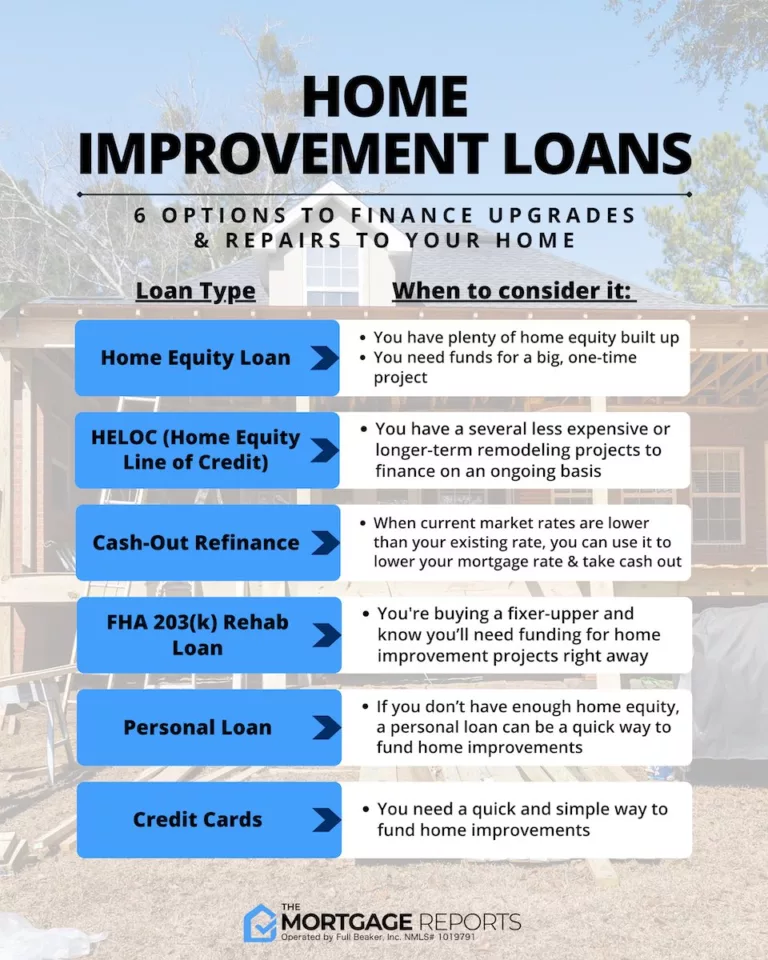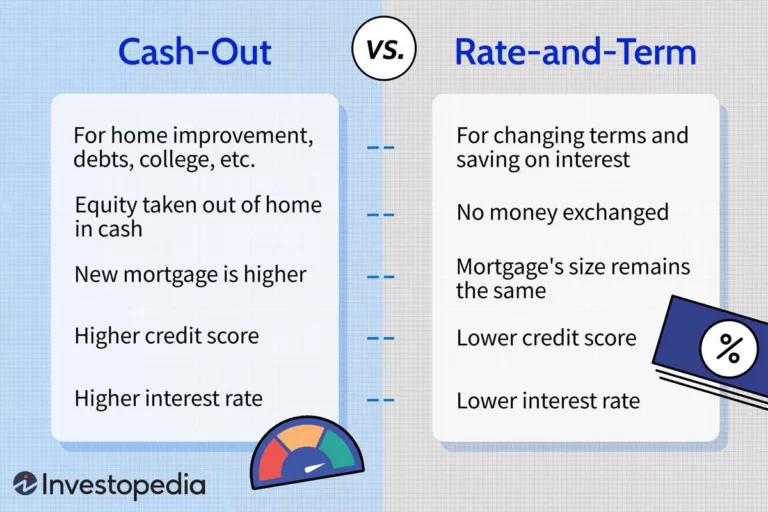What is a 2-1 Buydown Mortgage : Mastering the Art of Financing
A 2-1 buydown mortgage is a type of mortgage in which the borrower pays a temporarily reduced interest rate for the first two years, which gradually increases over the remaining term of the loan. When purchasing a home, many borrowers look for ways to reduce their initial mortgage payments.
One popular option is a 2-1 buydown mortgage. This type of mortgage allows borrowers to enjoy lower interest rates initially, which gradually increase over time. In simple terms, the borrower pays a temporarily reduced interest rate for the first two years, and then the rate gradually adjusts to a higher level for the remaining term of the loan.
This can be an attractive option for buyers who expect their income to increase in the future or those who prefer lower initial payments. We will explore the details of a 2-1 buydown mortgage and discuss its pros and cons.
Understanding 2-1 Buydown Mortgages
A 2-1 buydown mortgage is a unique type of mortgage that offers borrowers reduced interest rates for the first few years of their loan term. This arrangement is often appealing to individuals who want to save money during the initial years of homeownership, especially when they expect their income to increase in the near future. In this article, we will delve deeper into the mechanics of a 2-1 buydown mortgage and explore its benefits.
How Does A 2-1 Buydown Mortgage Work?
A 2-1 buydown mortgage works by temporarily reducing the interest rate during the early years of the loan. The buydown is typically set up for a period of two years, during which the borrower pays a lower interest rate than the one stated in the mortgage agreement. After this initial period, the interest rate gradually increases over the remaining term of the loan until it matches the rate specified in the original agreement.
This temporary reduction in interest rates allows borrowers to enjoy lower monthly mortgage payments in the early years when they may have other financial obligations, such as paying off other loans or adapting to the costs associated with moving into a new home.
Benefits Of A 2-1 Buydown Mortgage
A 2-1 buydown mortgage offers several advantages to borrowers:
- Reduced Monthly Payments: With the lower interest rate in the initial years, borrowers can enjoy reduced monthly mortgage payments. This can free up some funds to be used for other financial goals or allow individuals to afford a more expensive home.
- Budget Flexibility: The reduced monthly payments provide borrowers with greater financial flexibility, allowing them to allocate their funds towards other necessities or savings.
- Interest Savings: By taking advantage of the reduced interest rate, borrowers can save a significant amount of money over the initial years of their mortgage. These savings can be utilized for long-term investments or to build emergency funds.
- Short-Term Stability: For individuals who anticipate a rise in income in the near future, a 2-1 buydown mortgage can offer stability during the early years. This allows homeowners to comfortably manage their monthly expenses while giving them time to adjust before the regular mortgage payments begin.
- Improved Cash Flow: With lower monthly payments, homeowners can experience improved cash flow, providing them with extra funds to meet unexpected expenses or invest in home improvements or other ventures.
In conclusion, a 2-1 buydown mortgage is a financing option that provides borrowers with reduced interest rates during the initial years of their loan term. This not only results in lower monthly payments, but also offers increased budget flexibility, potential savings, short-term stability, and improved cash flow. Consider speaking with a mortgage professional to determine if a 2-1 buydown mortgage is right for your unique financial needs and goals.
Qualifying For A 2-1 Buydown Mortgage
Are you considering a 2-1 buydown mortgage? This type of mortgage can provide significant savings in the early years of homeownership, making it an attractive option for many buyers. However, qualifying for a 2-1 buydown mortgage involves meeting specific requirements. Let’s take a closer look at the criteria you need to satisfy to secure this type of financing.
Income And Employment Requirements
When it comes to qualifying for a 2-1 buydown mortgage, your income and employment status play a crucial role. Lenders want reassurance that you have a stable and sufficient income to afford the mortgage payments throughout the buydown period and beyond.
In terms of income, lenders typically look for a consistent source of earnings. So, whether you’re a salaried employee or self-employed, you’ll need to provide documentation such as pay stubs, W-2 forms, or tax returns to verify your income. If you’re self-employed, lenders may require additional documentation detailing your business revenues and expenses.
Moreover, be prepared to demonstrate job stability. Lenders prefer borrowers with a stable employment history, so if you’ve recently changed jobs, it’s important to provide supporting documentation, such as offer letters or employment contracts, to show that you’re in a secure position.
Credit Score And Debt-to-income Ratio
Your credit score and debt-to-income (DTI) ratio are primary factors when it comes to qualifying for any mortgage, including a 2-1 buydown mortgage. A high credit score demonstrates your past creditworthiness, making you a more attractive borrower.
Lenders typically have a minimum credit score requirement, which can vary depending on the lender and the specific loan program. While a credit score of 620 or above is generally considered favorable, aiming for a higher score will increase your chances of approval and potentially qualify you for a more competitive interest rate.
Additionally, lenders will analyze your DTI ratio, which compares your monthly debt payments to your gross monthly income. This calculation helps lenders assess your ability to manage the additional mortgage payment. Generally, a lower DTI ratio is more favorable, as it shows that you have more income available to cover your housing expenses.
Down Payment And Reserves
Another important aspect when qualifying for a 2-1 buydown mortgage is your down payment and reserves. The down payment is the initial upfront amount you pay towards the purchase price of your home.
While specific requirements may vary, most lenders expect a down payment of at least 3% to 5% of the home’s purchase price. However, a larger down payment can help improve your chances of approval and result in better loan terms, such as a lower interest rate or reduced mortgage insurance premiums.
In addition to the down payment, lenders may also require you to have reserves. Reserves refer to the money you have left after making the down payment and paying closing costs. Lenders may require a specific number of months’ worth of mortgage payments set aside in reserves to ensure you can handle any unexpected expenses or emergencies.
By meeting the income and employment requirements, maintaining a good credit score and a favorable DTI ratio, and having an adequate down payment and reserves, you can position yourself as a strong candidate for a 2-1 buydown mortgage. Remember, it’s essential to work closely with your lender to understand their specific qualification criteria and ensure you meet all the necessary requirements.
Pros And Cons Of 2-1 Buydown Mortgages
A 2-1 buydown mortgage is a type of mortgage where the borrower secures a lower interest rate in the initial years of the loan. Under this arrangement, the borrower pays reduced monthly payments for the first two years, after which the interest rate gradually increases over the remaining loan term. While this type of mortgage has its advantages, it also comes with its fair share of disadvantages.
Advantages Of A 2-1 Buydown Mortgage
There are several benefits to consider when it comes to a 2-1 buydown mortgage:
- Lower Initial Payments: A 2-1 buydown mortgage allows borrowers to enjoy lower monthly payments in the first two years of the loan. This can be especially helpful for those who need some time to adjust to a new mortgage payment or who are expecting changes in their financial situation.
- Improved Cash Flow: With lower monthly payments in the early years, borrowers have the opportunity to free up additional cash flow. This can be advantageous for various purposes, such as savings, debt repayment, or investing in home improvements.
- Predictability: Unlike adjustable-rate mortgages, a 2-1 buydown mortgage offers borrowers predictable payment amounts during the first two years. This stability can make budgeting easier and provide peace of mind for homeowners.
Disadvantages Of A 2-1 Buydown Mortgage
While a 2-1 buydown mortgage has its advantages, there are also some important drawbacks to consider:
- Higher Long-term Costs: While the initial reduced payments may be appealing, the long-term cost of a 2-1 buydown mortgage can be higher compared to a traditional mortgage. This is because the interest rate gradually increases after the first two years, potentially resulting in higher overall interest payments.
- Refinancing Limitations: It’s important to note that a 2-1 buydown mortgage may limit the borrower’s ability to refinance during the initial two years of the loan, as it is typically designed for the borrower to stay in the home for a certain period. This can pose challenges if the borrower wants to take advantage of lower interest rates or other refinancing opportunities.
- Eligibility Requirements: Qualifying for a 2-1 buydown mortgage might be more challenging compared to traditional mortgages, as lenders typically set specific eligibility criteria for borrowers. This can include higher credit score requirements or additional documentation.
Understanding both the advantages and disadvantages of a 2-1 buydown mortgage is crucial for borrowers considering this type of loan. While it offers initial payment relief and improved cash flow, it’s essential to weigh the potential long-term costs and limitations before making a decision.

Credit: www.tiktok.com
Comparison To Other Mortgage Options
A 2-1 Buydown Mortgage is a type of mortgage option that allows borrowers to pay lower interest rates in the first few years, making it more affordable than other options. This can be a great option for those who want to save money initially and gradually adjust to higher payments over time.
2-1 Buydown Mortgage Vs. Traditional Fixed-rate Mortgage
When it comes to choosing a mortgage, it’s important to understand the different options available to you. One popular option is a 2-1 buydown mortgage, which offers some unique advantages compared to other mortgage types. Let’s compare it to a traditional fixed-rate mortgage:Fixed Interest Rates:
A traditional fixed-rate mortgage offers the stability of consistent monthly payments with a locked-in interest rate for the entire term. This means that your interest rate and monthly payment will remain the same throughout the life of the loan. On the other hand, a 2-1 buydown mortgage starts with a lower initial interest rate that is gradually increased over time.Reduced Initial Payments:
One of the key benefits of a 2-1 buydown mortgage is that it allows you to make lower initial monthly payments compared to a traditional fixed-rate mortgage. This can provide much-needed flexibility during the early years of homeownership when expenses may be higher.Gradual Increase in Payments:
With a 2-1 buydown mortgage, the initial lower interest rate is achieved by paying an upfront fee or “buydown” to the lender. This reduced interest rate gradually increases over time until it reaches the fully indexed rate. This gradual increase allows homeowners to adjust financially as their income potentially grows or expenses decrease.2-1 Buydown Mortgage Vs. Adjustable-rate Mortgage
Another common mortgage option is an adjustable-rate mortgage (ARM). Let’s see how it compares to a 2-1 buydown mortgage:Initial Stability:
Both a 2-1 buydown mortgage and an adjustable-rate mortgage offer initially lower interest rates compared to traditional fixed-rate mortgages. However, with an ARM, the interest rate can fluctuate after an initial fixed-rate period, which usually lasts for a few years. In contrast, the interest rate of a 2-1 buydown mortgage gradually increases over time according to a predetermined schedule.Rate Fluctuation:
While an adjustable-rate mortgage can offer lower interest rates initially, it is important to consider the potential for rate fluctuations in the future. With a 2-1 buydown mortgage, the rate increases are predetermined and gradual, providing homeowners with a sense of stability.Flexibility:
A 2-1 buydown mortgage provides homeowners with more predictable payments compared to an adjustable-rate mortgage. This predictability can be especially advantageous for those who prefer to budget and plan their finances with certainty. In conclusion, when considering your mortgage options, it’s essential to compare the unique features and benefits of each. A 2-1 buydown mortgage offers lower initial payments and predictable payment increases over time, which can be appealing for homeowners who want more flexibility in managing their finances.Tips For Mastering The Art Of Financing With A 2-1 Buydown Mortgage
Tips for Mastering the Art of Financing with a 2-1 Buydown Mortgage
When it comes to financing your dream home, a 2-1 buydown mortgage can be an attractive option worth considering. This type of mortgage allows borrowers to secure a lower interest rate for the first two years of their loan, which can make initial monthly payments more affordable. If you’re interested in taking advantage of a 2-1 buydown mortgage, here are some important tips to keep in mind:
Consider Future Financial Goals
If you’re considering a 2-1 buydown mortgage, it’s vital to evaluate your future financial goals. Planning for long-term financial stability is crucial, as the reduced payments in the first two years will eventually increase. Take into account anticipated changes in income, expenses, or major life events that may affect your financial status.
Understand The Terms And Conditions
Before committing to a 2-1 buydown mortgage, it’s essential to thoroughly understand the terms and conditions. Familiarize yourself with the specific details of the buydown agreement, such as the buydown period, the rate reduction, the frequency of rate increases, and the potential adjustments to your monthly payments. This knowledge will help you make informed decisions and avoid surprises down the line.
Work With A Knowledgeable Mortgage Lender
Working with a knowledgeable mortgage lender is critical for success in financing with a 2-1 buydown mortgage. Look for a lender who specializes in buydown mortgages and has expertise in guiding borrowers through the process. A knowledgeable lender can provide valuable insights, answer your questions, and ensure that you receive the best possible terms and conditions for your unique situation.

Credit: fastercapital.com

Credit: www.facebook.com
Frequently Asked Questions Of What Is A 2-1 Buydown Mortgage
Is A 2-1 Buydown Mortgage A Good Idea?
A 2-1 buydown mortgage can be a good idea depending on your financial goals. It allows you to pay a lower interest rate initially, which can save you money in the early years of your mortgage. However, it’s important to consider the long-term costs and whether it aligns with your overall financial plans.
How Much Does A 2-1 Buydown Typically Cost?
A 2-1 buydown typically costs 2-3% of the loan amount.
Who Qualifies For A 2-1 Buydown?
To qualify for a 2-1 buydown, you must meet specific criteria determined by the lender. These criteria usually involve a minimum credit score, financial stability, and the ability to make a larger down payment initially. Contact your lender for more information on eligibility for a 2-1 buydown program.
Does A 2-1 Buydown Require Extra Funds At Closing?
A 2-1 buydown does not require extra funds at closing.
Conclusion
A 2-1 Buydown Mortgage offers a unique opportunity for homebuyers to save money on their initial mortgage payments. This mortgage option allows borrowers to pay reduced interest rates during the first two years of the loan term, gradually increasing over time.
By taking advantage of this buydown program, homeowners can enjoy lower monthly payments in the early years, providing financial flexibility and helping them adjust to homeownership. Explore whether a 2-1 Buydown Mortgage is the right choice for you and your long-term financial goals.



